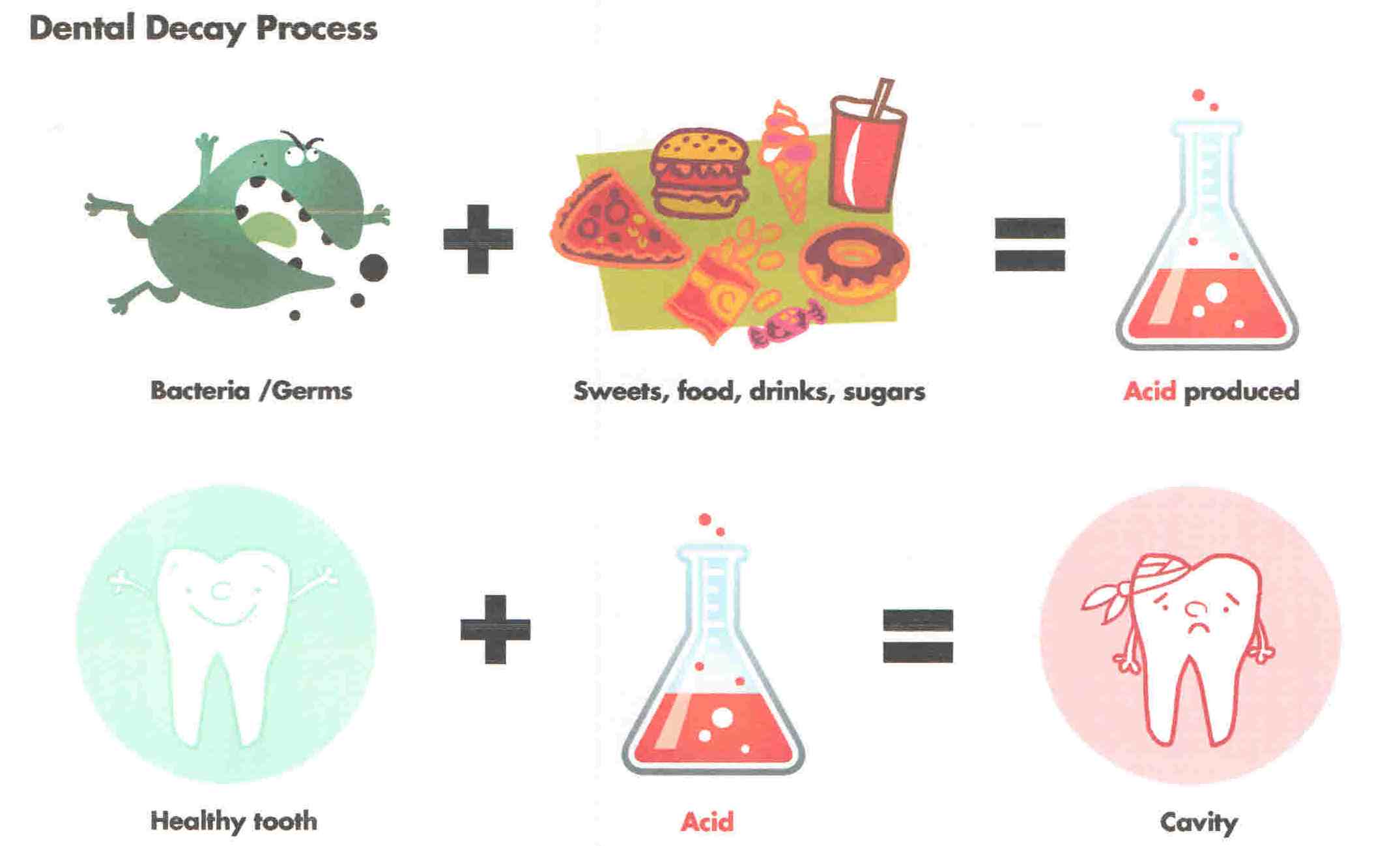Marin dentist Roni Dawn Douglas, Terra Linda dentist, is a dentist in Marin who specializes in general and cosmetic dentistry - including oral hygiene (dental cleaning), fillings, bonding, crowns, restoration, implants, teeth whitening, and more.
General Dentistry
FILLINGS
Fillings are done to remove decay and replace the affected tooth structure. It's called a filling because new material fills the hole left by decay. We prefer to use tooth-colored composite resin fillings for the most natural results. Caught early enough, cavities can be treated easily and painlessly. If not treated, decay can lead to tooth pain and/or infection, potentially requiring a root canal or extraction.
BONDING
Bonding involves adhering composite resin material (which is matched to the color of the tooth) to the front of the tooth. This is done to repair damage done to the tooth by decay, to alter alignment of the tooth, close gaps between the teeth, or for cosmetic purposes. First, the surface of the tooth is roughened in order to accept the bonding and hold it. A gel is applied to micro etch the tooth surface, and a primer/bond agent is applied so the material adheres to the surface. Then the material itself is placed on the tooth and hardened with intense light. The composite resin material is shaped and polished for a lustrous finish.
SEALANTS
Sealants are used to fill in narrow grooves in a tooth that cannot be adequately cleaned by brushing. In some cases, the tooth structure has fine grooves or pits which accumulate plaque, not because the person doesn't brush, but because they're too narrow to allow even one bristle into them. The dentist brushes on a coating that seals the grooves and pits, making it possible to brush off all the plaque and keep your teeth healthy.
NON-SURGICAL GUM TREATMENTS
The gums, ligaments, and bone around the teeth form the foundation for ones teeth. Signs of gum disease may be: gums that are red and bleed easily, persistent bad breath, gums that are pulled away from the tooth, loose teeth, and changes in the position or bite of the teeth. With proper care, however, it may be possible to return them to a healthy state. Gum treatments usually involve a deep cleaning or root-planing done under a local anesthetic, along with local antibiotic agents. If the gum disease gets too severe, it may need to be treated through surgery or extraction.
X-RAYS
This is a focused beam of x-ray particles through bone which produces an image on special film, showing the structure through which it has passed. This yields the familiar black and white images that doctors and dentists use to diagnose problems. X-rays are a necessary part of the diagnostic process in order to diagnose disease. Without an x-ray of the whole tooth, and supporting bone and gum tissues, there is no real way to detect infection or pathology that requires attention.
In our office, we use digital radiography which allows us to take x-rays using
50-70% less radiation versus conventional x-rays. Coupled with computer monitoring, digital x-ray technology allows us to enhance the images for better diagnosis
of any dental concerns.




